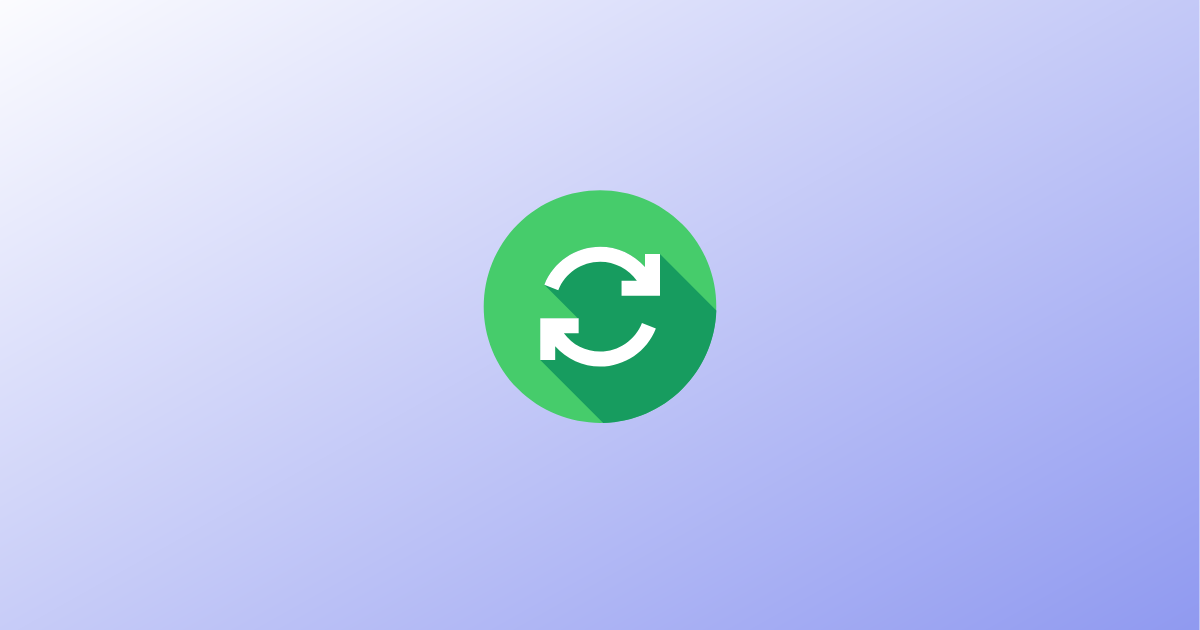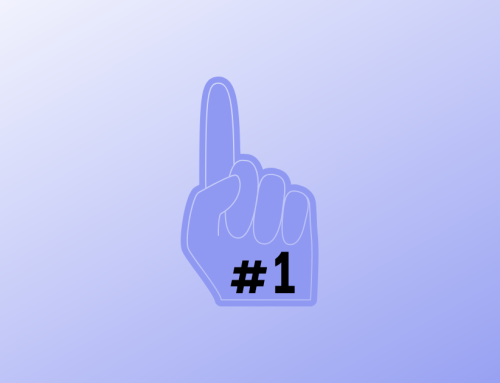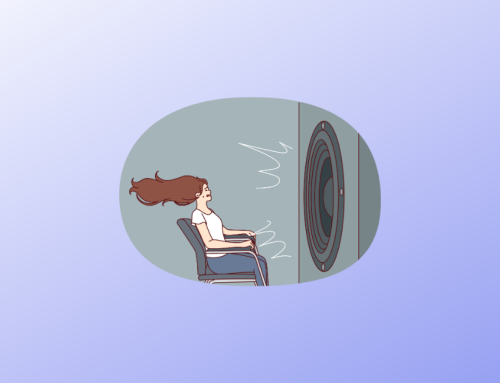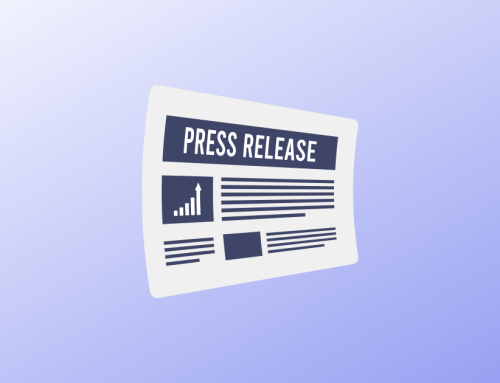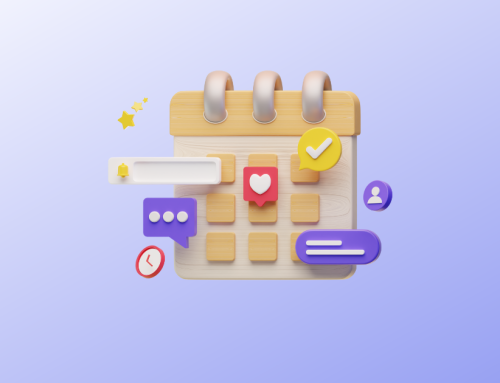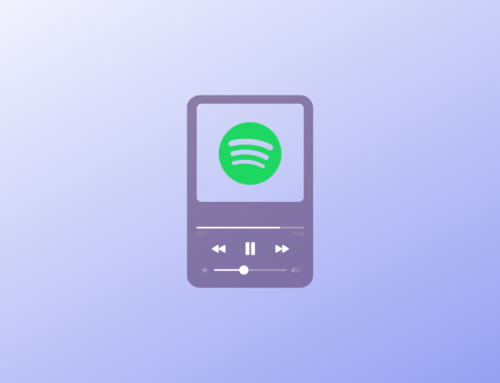Few musicians start writing songs to make money. For many artists, becoming a musician, songwriter, or composer is first and foremost about expressing themselves in the best way they can. However, once you start gaining a following, you may just find yourself considering the possibility of earning a living from your music.
That is the moment when you need to start thinking about licensing your music. Licensing means allowing someone else to use your work within certain limits. Music licensing can seem like a complex topic initially, but understanding the intricacies can make the difference between someone ‘making it’ as a commercial artist or not. Sync licensing is one of the more common and lucrative forms of licensing.
What is Sync Licensing?
If you’re new to the whole topic of licensing, start by checking out our in-depth guide. In this guide, we’re explaining why licensing is so important for musicians and how to distinguish between the different kinds of licenses that musicians can grant for their work. Music licensing as a source of income for musicians is too lucrative to be ignored.
Sync licensing is one form of licensing, and our original article touched on it. This article is taking a deep dive into sync licensing opportunities for musicians. Let’s start with the basics: ‘sync’ is short for ‘synchronization.’ The term describes the process of combining or synchronizing, a song with any moving image on a screen.
If you have ever watched a commercial or a movie and marvelled about just how well a specific song captured the mood of a scene, a sync license made that possible. Of course, there are also the contributions of the musicians involved.
Anyone planning to use a song together with moving images needs to secure sync licenses from the copyright owner of the recording and the composition. Most of these licenses are subject to a single, upfront payment. How well you get paid for your music, will depend on both your ability to negotiate and how important a particular song is to the creator who wants to use it.
But this single payment is not the only reason why sync licensing is lucrative for musicians. On top of the initial sync licensing fee, songwriters and publishers can also earn performance royalties every time a program containing their song is streamed or otherwise broadcast. In some cases, the combination of these two payments can create significant income streams from little more than a single song.
And there are more advantages. Synchronization deals can open up a new audience for a song, whether by becoming the opener of a new Netflix series or being used in an advert in a country where the song hadn’t been released previously. The possibilities are (almost) endless.
How do I Get Started with Sync Licensing?
By now, you’re hopefully excited enough about sync licensing to want to know more about taking advantage of this opportunity. So, how can you get your music in front of a larger audience or unlock an entirely new audience for your music?
In most cases, music publishers will actively look for sync opportunities for their musicians. For the publisher, it’s a simple win-win – as the musician earns more thanks to synchronization, so does the publisher. If you’re already working with a music publisher, don’t be afraid to ask what synchronization options they would suggest for your music.
Sync licensing is a two-way street. Like publishers look for opportunities, music houses and advertising agencies search for the ideal piece to go with the project. Some music houses specialize exclusively in finding the right music for a visual project. This may be surprising, but it becomes obvious when you think about the implications of choosing the best combination.
Choose the Right Match
The right piece of music can make a movie iconic and unforgettable. Cast your mind back to classics like “Time of my Life” in the 1980s movie Dirty Dancing or “Take my Breath Away” in the original Top Gun movie, also from the 1980s. Hearing these songs on their own immediately conjures up memories for those who watched the movies when they first came out.
And even more than 30 years later, these memorable songs can trigger the same emotions in new audiences. Crucially, the creators of the Top Gun sequel Maverick decided not to re-use the original song. They didn’t simply forget about it. Instead, they realized that the song was too closely associated with the relationship between the 1980s characters played by Tom Cruise and Kelly McGillis. Because McGillis was not part of the sequel, the producers chose a different song by Lady Gaga to illustrate the romantic relationship between the characters played by Cruise and Jennifer Lawrence in the sequel.
The Lady Gaga song is another interesting example of sync licensing. Of course, Lady Gaga’s team needed to grant the necessary licenses for the production team, but the opportunity grew even further. Composer Hans Zimmer used the melody of the song to create Maverick’s love theme. Lady Gaga received another credit and became eligible for additional royalties.
Find the Right Support
For relatively new artists, being able to put their music in front of producers and other decision-makers can be time-consuming. It may also take their focus away from writing new music or performing gigs. That is when it pays to put a music publisher in charge of actively looking for sync opportunities.
From a production company’s perspective, working with an artist that is represented by a publishing house can streamline the music licensing process because it makes it easier to contact the artist and gain their agreement.
In addition, working with a single artist limits the number of interested parties involved. There are always a minimum of two sides to be consulted – the owners of the recording and the owner of the composition. Things can become trickier if a producer wants to use a cover version of a song or a piece of music by a late artist whose work is being handled by their estate. In those cases, producers and their music supervisors need to contact additional parties which likely prolongs the process. The same may go for bands where more than one person contributes to songwriting.
Apart from finding a proactive music publisher, industry insiders recommend that artists contribute as much as possible to building their own following. Their reasoning is simple: no matter the type of production involved, music managers tend to be oversaturated with music to choose from. By increasing their following musicians make it easier for others to notice them. They start standing out from the crowd and become more easily recognizable to advertising managers, for example.
Some music publishers require a monthly fee for their services. Whilst that is a common practice, it can also quickly become expensive for the musician. A more cost-effective option would be to research outlets that suit your music and then find out which publishers are regularly placing music there. Granted, this approach may take some time initially, but saves money in the long term and helps you establish professional relationships in the industry.
What are the Main Sync Licensing Opportunities?
We’ve already touched on some of the main sync licensing opportunities for musicians, movies and advertising. But these are far from the only ones. A very simple way of thinking about sync licensing is to imagine all the different screens in your or your family’s home and the different sources of content they support. All these forms of content require proper licensing. Here is a quick selection of some of the biggest sync licensing opportunities for musicians:
- Movies
- Adverts
- TV shows
- Streaming platform movies and shows
- Documentaries
- Video games
The advent of streaming platforms has multiplied opportunities for musicians. As more content is being produced to meet and satisfy demand, there are more chances of being picked up for a specific production today than ever before. Whilst streaming services have made headlines recently for losing subscribers for the first time, we are most likely entering a phase of consolidation of services rather than decline.
Documentaries and video games are two more areas of content that require music and therefore, synchronization licenses. Like feature producers, documentary makers use music to generate an emotional response from their audiences or to contribute to the explanation of an intricate concept. Like movies, video games tell stories. They use music to strengthen their storylines and create a more immersive experience for gamers.
If you’re wondering where to start looking for sync opportunities as a musician who is not (yet) working with a publisher, one of the simplest ways to start is with the option that feels most comfortable to you. For example, if you’re a committed gamer as well as a musician, it makes sense to connect to game developers to look for opportunities. Here’s another example: perhaps you know that a documentary film crew is working on a subject you feel passionate about and are already touching on in your music. Reaching out to the production company would be a great way of introducing yourself and establishing a relationship.
Who Else is Involved in a Sync Licensing Deal?
As a musician with some experience in the industry, you already know that there are usually several parties involved in making a project happen. Sync licensing is no exception, and we have already touched on some of those.
Apart from the artist and the music supervisor of a specific production, there are the end users of the license and any licensing companies or other artist representatives involved in the process.
Sync users are the creators looking to match their visual content with your music. In theory, this could be anyone looking to match music and visual content. In reality, however, musicians rarely sell licenses to individual creators or very small users. The costs and logistics involved in making a licensing deal tend to outstrip the benefits for them. As a musician, that means you are looking for the attention of companies of a reasonable size.
Music supervisors can often find themselves in a position to match the goals of musicians with those of license users. In this context, it’s important not to underestimate how much timeliness and smooth communication matter. Of course, music is the most important criterion. However, if an artist is impossible to reach, even the most patient producer will move on and find an alternative rather than delay the entire production.
Licensing companies come in different shapes and sizes, ranging from departments of larger companies to standalone businesses pitching for the business of independent artists or smaller publishers. Some of the largest players in the market provide a direct line from the artist to a production company. As with other areas of the music industry, there is more than one way to reach your goals.
The Bottom Line of Sync Licensing
Musicians have never had more synchronization licensing opportunities than today. The sheer amount of content being produced across a wide range of outlets has led to a significant increase in opportunities. Some industry experts go as far as to say that there is a sync opportunity for (almost) every song.
The crucial part is making the right match between visual content and music. As an aside, there are some occasions where audio content also requires sync licensing, but video content remains the more prevalent option. To get the attention of a music supervisor or license user, many artists choose to work with a professional licensing company.
The most successful deals also benefit from the artist’s input and willingness to promote their work and build their community. Are you ready to embrace sync licensing opportunities? Contact our team to learn more about how we can help you reach your goals as a musician.
